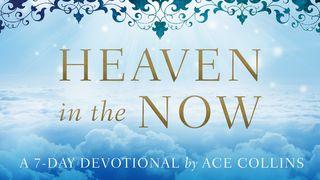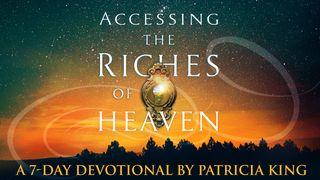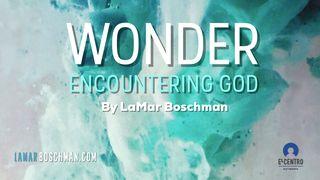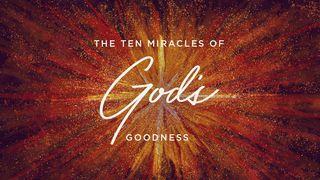Unveiling God's ShineSample

Since all three gospel writers—Matthew, Mark and Luke—give us an account of the event of the Transfiguration (Mark 9:2-10; Matthew 17:1-9; Luke 9:28-36), we would naturally expect that John, who was there to witness it first hand, would write his own version of the experience. But rather than repeat what the other three gospels had already said, John exegetes the event for us by explaining its meaning. Rather than giving us a descriptive narrative of the moment Jesus was transfigured before his eyes, John interprets the event, helping us understand what it meant to see Jesus’s eternal glory. Light is a persistent theme in John’s gospel, and it was in the moment of Transfiguration that John saw the light most clearly.
Although John begins his gospel all the way back in the beginning, an allusion to the creation narrative in Genesis, he catapults us forward into Jesus’ appearance on the scene with the word shine. The prologue turns on the verb shine. After using the past tense exclusively—“in the beginning was,” the Word was,” “in him was,” “the life was”—notice that John shifts tenses when he gets to the verb shine. John says the light shines in the darkness. Shines is a present tense verb. Shine is not an attribute; it is an action that takes place in the present. Right here, right now, the light shines. And this shine is not primarily something to be observed and admired, like a fragile stem of orchids lilting over the side of a crystal vase. This shine is active, aggressive. It changes whatever it touches.
According to John, the shine took on a human form. It dwelt, it tabernacled, it pitched its tent, it lived among us. John knew that the shining glory of God is formless, transcendent, unapproachable; but he had seen the shine of the Son with his own eyes. He had experienced divine shine as embodied, immanent, and approachable. He saw the shine in the form of Jesus. In his commentary on the book of John, Leon Morris explains that the word John uses that is translated seen or beheld is “invariably used in John of seeing with the bodily eye. It is not used of visions. John is speaking of that glory which was seen in the literal, physical Jesus of Nazareth.” We have seen God’s glory, explains John, and the light didn’t blind us; it enabled us to see.
Scripture
About this Plan

“May God make his face shine on you” is not sentimental cliché. It’s a powerful statement of the intimate relationship God wants people to experience in his presence. The blessing authored by God himself was audacious in the historical context in which it was given and it encapsulates a shocking (and wonderful) future hope of relating to God face-to-face. It calls us to reflect his shine into the world.
More
We would like to thank NavPress for providing this plan. For more information, please visit: http://bit.ly/2FnT4Za
Related Plans

Heaven In The Now By Ace Collins

Seven Marks of a Disciple

Accessing The Riches Of Heaven

WONDER - Exploring the Mysteries of Encountering God

The Supernatural Life

Highly Favoured: 6 Lessons About Our Powerful God's Covenant with You

Break Trail

Justice for All

The Ten Miracles of God's Goodness
